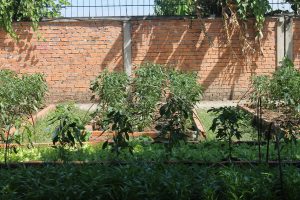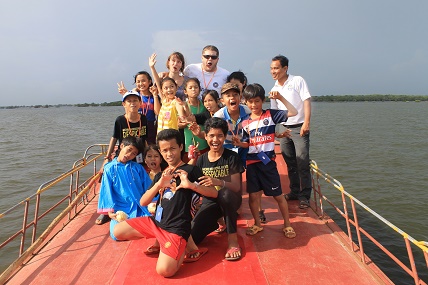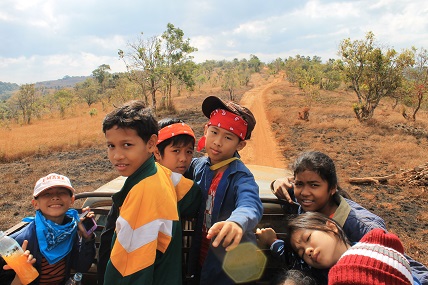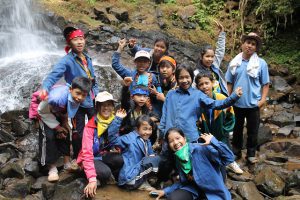Name of Course: Advanced Khmer History
Learning Facilitator: Darath
Number of Students: 10
Dates: Oct. 20 – Jan. 16
Days we Meet: Monday and Tuesday
Description: In Liger we learned about Khmer History. We like to learn Khmer History because it talks about Khmer Rouge. Khmer Rouge was the one story that we remember all the time and it very sad for Cambodian peopleto hear all those things. Before we started to learn about Khmer Rouge teacher divided us into two groups. One group had to write about what we know about Khmer Rouge and one more group had to write about what we wanted to know more about Khmer Rouge. When we wrote maybe 10-15 minutes we switched each other. Thing that we wanted to know was how many people were killed during Khmer Rouge and thing that we know is Khmer Rouge kill the people who have knowledge and the people that have a good life because they don’t want the good people to come against them. After one day we picked a partner and did research about Khmer Rouge. Teacher said to us you need to pick lucky draw. It means he wrotethe questions on the paper and tell us to pick. My team picked “How was the process of education, health, economics, religion and international relations after victory of Khmer Rouge?” So when we had that question we needed to do research and write on the paper to make a post. When some words were hard for us to understand we asked friends or teacher. We wrote the hard words on the paper and explained to make other people understand too. At the end of the class we shared our research and what we learned in class. We did the research by website Wikipedia, and the information from teacher that he gave us a recording voice from radio. We did that until we finished and we can do presentation to our friends and teacher. We learned Khmer Rouge told the people to work for them and who not work for them they will kill the people. But when they kill the people they not said you come here I want to kill you, they said come on I take you go to learn. So when Khmer people thought that now I can learn now but when they go other people never saw the people that went to learn come back. Also Khmer Rouge killed teachers, doctors because they didn’t want the people to have knowledge. But some people that good and had knowledge are still alive now because they hid their identity so no one knew. The religion is that Khmer Rouge tell Cham people to eat pork. So Cham people hard to eat because it is wrong with their religion. The relationship of Khmer Rouge is they had with China, North Korea, Egypt, Albania, Cuba, Laos, Vietnam (until December 1977), Romania and Yugoslavia. China is the main backer of Khmer Rouge. Then we began to learn more about Khmer Rouge. When we were in class we learned about the process of Khmer Rouge beginning. The beginning of Khmer Rouge was called Communist Party Cambodia (CPK). They started at 1940. When Lon Nol had the relationship with America he told that country to put the bomb so when Khmer people saw their family die or lost the member so they very angry. When CPK saw that they told the people to join their party to against with Lon Nol for helping Sihanouk. CPK said that because the people like Sihanouk so they will join CPK to help Sihanouk. When CPK had a lots of people in their party they began to go against with Lon Nol and America by the Scholars that support from Vietnam and the Cambodian people too. Also the leader of CPK named Salat Sor. So when CPK won the people wanted to join and work for CPK. When 17, April,1975 the CPK are successful. So Sihanouk named them Khmer Rouge. After the Khmer Rouge won the people in Cambodia had no more food, no more clothes, no more family because Khmer Rouge evacuated their family to another place and made them separate. Khmer Rouge wanted to kill the people by accuse them like ex: people not pick the fruit from the tree but they accuse you pick the fruit and then they take that person to kill. One more thing is that they told the girl and the boy meet together and said you need to love this guy. So people needed to do what the Khmer Rouge said. three years, eight months, 20 days have three people help the Cambodian to have a freedom. Their names were Hun Sen, Heng Samrin, and Chea Sim. They supported by Vietnam. So after that Khmer have a better life and no more pressure and have a freedom.
















